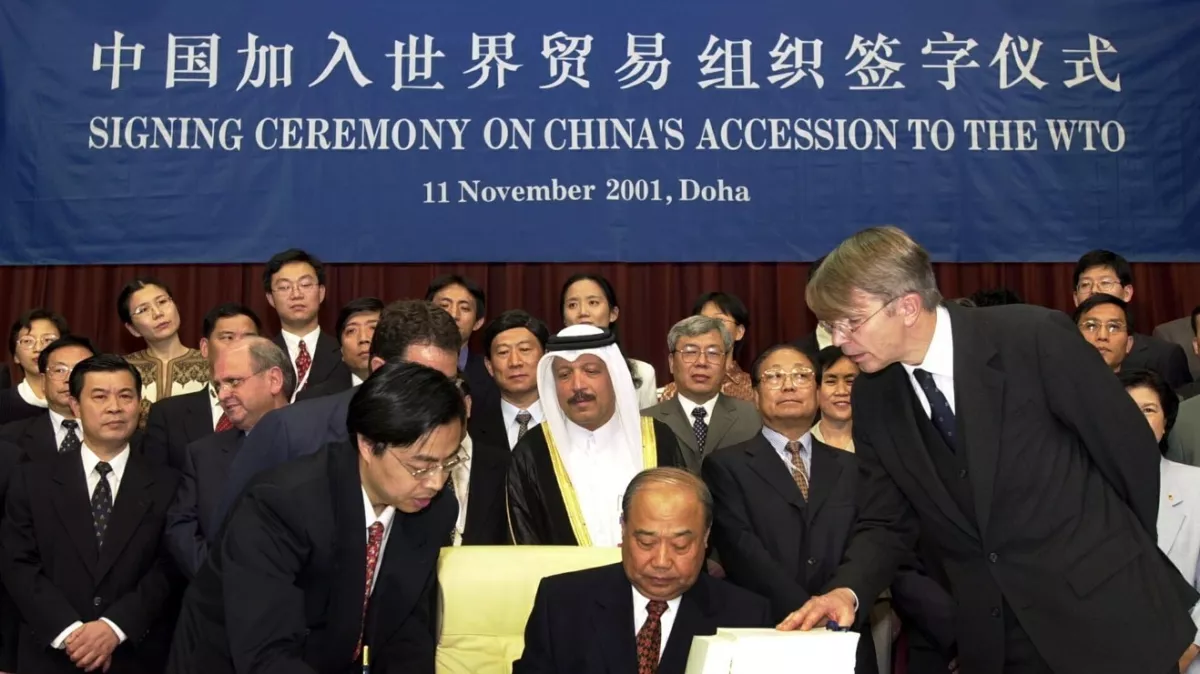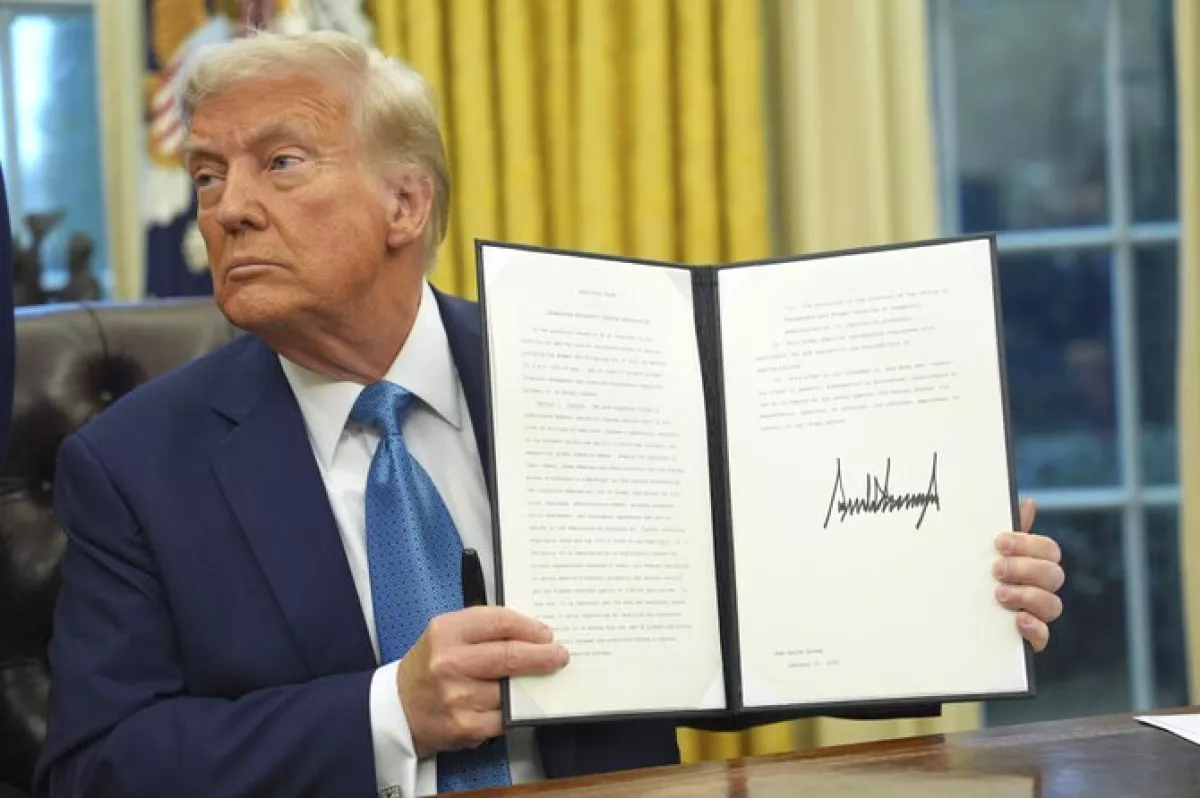Evolving landscape of trade tariffs A roadmap for entrepreneurs by McKinsey
Tariffs - the buzzword which is set to live rent-free in the news headlines in the next couple of months, if not years. The potential for increased tariffs is on top of the minds of ordinary citizens and business leaders alike thanks to US President Donald Trump taking the first steps in the implementation of his long-promised renaissance of this policy. Experts believe that those who gain a good understanding of tariffs and their likely impacts will have an advantage in navigating through the next unpredictable years.
The renowned McKinsey & Company consulting firm has outlines a number of guidelines for the private sector on how to navigate through these times. The article looks back at the history of tariff implementation as well as reviewing reasons why governments impose them and what steps businesses can take to seize potential opportunities.
Tariffs have played a significant role in global trade for centuries and are not a novel invention. The Roman Empire, for instance, imposed import taxes on foreign goods at a rate 25 times higher than domestic trade. The current status quo of global trade, however, has its roots in the 20th century. The 1929 US stock market crash led to a surge in tariffs, triggering retaliatory measures from other nations and causing global trade to contract by two-thirds in just five years.
Efforts to promote free trade emerged after World War II, with 23 countries signing the General Agreement on Tariffs and Trade (GATT) in 1947, which later evolved into the World Trade Organization (WTO). According to the article, however, the momentum for free trade waned by the early 21st century. China’s WTO entry in 2001 and the failed Doha Round negotiations in 2011, where countries failed to agree on lower agricultural and textile subsidies after years of negotiations, marked a turning point.

From 2016 to 2020, the US and China imposed tariffs on hundreds of billions of dollars' worth of each other’s goods. President-elect Donald Trump has signaled that his administration will continue leveraging tariffs in 2025. While the global tariff average has declined to 2.5% from 3.6% in 1993, recent trends indicate a potential shift toward protectionist measures.
Types of Tariffs and Recent Examples
Sector-Specific Tariffs
These are imposed on specific industries, often to protect domestic production. The US placed a 25% tariff on steel imports in 2018, later modifying policies for certain allies. Tariff exclusions or quota systems were introduced for countries like Australia, Brazil, and South Korea. The Biden administration continued adjusting these tariffs in 2021 and 2022 to accommodate key trade partners like the EU, Japan, and the UK.
Country-Specific Tariffs
These tariffs respond to perceived unfair trade practices such as intellectual property theft or forced technology transfers. In 2018, the US imposed tariffs on $250 billion in Chinese goods, followed by an additional $112 billion in 2019. The European Union retaliated against US steel tariffs by imposing its own 25% tariffs on over $3 billion of US exports, including bourbon, motorcycles, and jeans.

Historically, there have been a variety of reasons that drove states to impose tariffs. The article has split them into the following categories of key motivations:
Reducing Trade Deficits: Between 2016 and 2020, the Trump administration cited trade imbalances as a major concern, leading to increased tariffs. In 2023, the US had its largest trade deficits with China, Mexico, Vietnam, Germany, and Canada, primarily due to imports of electronics, machinery, and transportation equipment.
Negotiating Leverage: Tariffs are sometimes used as a bargaining tool in unrelated negotiations. In 2018, the US threatened but never implemented tariffs on EU cars while pressuring NATO countries to increase defense spending. A similar strategy was used with Mexico in 2019 during immigration talks.
National Security and Industrial Protection: Some tariffs protect industries essential to national security, such as steel production. The concern is that low-cost imports could weaken domestic industries critical for defense.
Job Creation: Tariffs may shield domestic producers from foreign competition, potentially leading to job growth. For example, US tariffs on washing machines in 2018 prompted companies to expand local production, creating 1,800 jobs. However, economists debate whether such job gains outweigh the broader economic costs of tariffs.
The discussion surrounding tariffs has re-emerged due to the new US administration's announcement of tariffs. President Trump has declared the illegal transit of dangerous narcotics into the US, specifically of the highly potent fentanyl, a national emergency and punished the country's three main trading partners with tariffs to force them to halt the flow. He has been granted the authority to do so thanks to several statues that were introduced by Congress, including the rarely used Section 338 of the Tariff Act of 1930. It allows for tariffs up to 50 percent to be introduced by the President if a country is found to be engaged in discriminatory trade actions against the United States.
The near-term outlook for trade policy remains unpredictable for the world's three largest exporting nations: China, Germany, and the United States. They together contribute to $7 trillion in exports. Additionally, the scope of goods subject to tariffs has varied significantly in recent decades as policies are continuously revised and renegotiated.

In times of uncertainty, leaders can achieve better outcomes by adopting strategic, risk-based approaches rather than reacting impulsively. The article argues that businesses must adopt a strategic approach to thrive in a world with ever-growing shifting global trade policies:
Monitor Policy Changes: Given the unpredictable nature of tariffs, executives should stay informed about policy developments and their potential impacts on global supply chains.
Leverage Trade Agreements and Duty Mitigation Strategies: Companies can explore free-trade zones, duty drawbacks, and tariff exclusions to minimize costs.
Adapt Supply Chains and Market Strategies: Shifting sourcing, reallocating capital, and revising pricing strategies can help mitigate tariff risks. For instance, businesses affected by US-China tariffs may seek alternative suppliers in countries like Vietnam or Mexico.
Optimize Operations: Companies should evaluate their operating footprints, workforce strategies, and technology investments to enhance resilience in the face of trade disruptions.
By Nazrin Sadigova








